Sleeping In Class Gets Upgraded With Nap Rooms Around Campuses
November 11, 2017
EasyUni Staff
In 2014, nap pods aren't just for Google employees anymore. Napping spaces are popping up in colleges and universities all across USA. Christopher Lindholst, co-founder of MetroNaps, says that their pods are becoming more popular, he also mentions, that they "are seeing a lot of interest, in particular, from large universities, those with significant commuter student bodies, and graduate medical institutions." While most universities already provide student lounges and "chill areas", nap rooms are addressing a growing need. Students often complain that lounges and tv/game areas are either overrun by snoring students or loud, groups of students hanging out. The lounges were designed to provide a recreational area for students to socialize and relax, not sleep. Nap stations help address this gap. Let's take a look at some universities that provide nap spaces for their students.
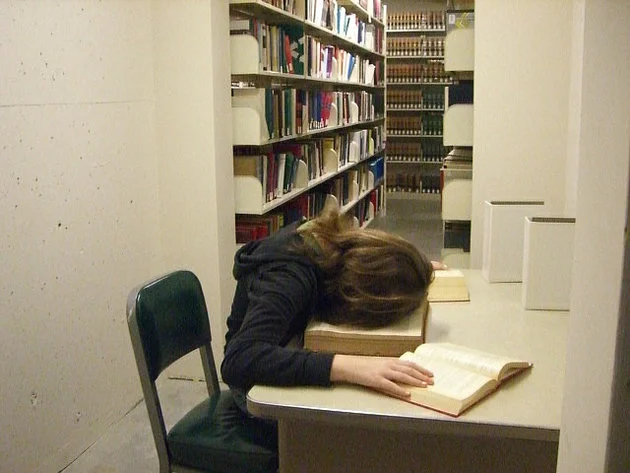
A low-tech version of this was founded in September 2013 last year. "The Nap Nook" in James Madison University was started by a Psychology senior who wanted to change the perception that napping was a lazy behavior and showcase how it could help boost productivity. It is equipped with giant bean bags that could be reserved for 40 minutes via an online system. University of Michigan in Ann Arbor has 6 vinyl cots and disposable pillowcases available 24/7 for students in 30-minute chunks at the undergraduate library. This was founded by an Aerospace Engineering senior.
While students have been very pro-active in founding and promoting these spaces, some universities are also stepping up to address this need. Saint Leo University in Central Florida maintains four EnergyPods for commuter students as well. Texas A&M University installed a sleep pod by UK's PodTime in their Island Hall Gym earlier this year. Savannah College of Art and Design has had two EnergyPods for commuter students at each of it's Savannah and Atlanta campuses since 2006. Even Harvard Law School has a nap room hidden deep inside the law school library. Many universities, like University of Texas-Austin, University of California-San Diego, UC-Davis, also have Google maps that review the best places on campus to take a nap at based on noise levels and foot traffic. Some spots even have student reviews!
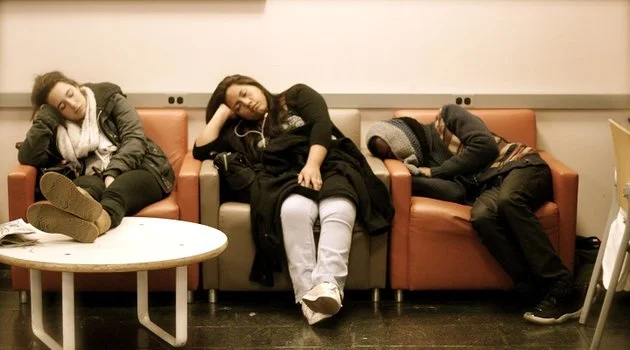
Naps have received much flak, and people who talk of their benefits are looked at skeptically. However, everything from Harvard Medical School articles to studies by NASA speak in favor of naps. Napping increases alertness; a NASA study found that even a 40-minute nap can increase your alertness by 100%! In fact, napping is more effective than a cup of coffee or a round of exercise. Take a look at any stressed out college student, crankiness and short-attention spans are abound. What they need is a nap; napping alleviates stress, improves your health, and boosts your mood. Naps also improve your working memory. This is the kind of memory that is involved in complex tasks, such as studying and writing. By improving working memory, napping indirectly prevents burnout or information overload, and improves memory retention. In other words, if you are studying for an exam or writing an analysis or research report, snoozing will only help you. It will make you more efficient and help you remember more later. So, put that red bull away and go take a nap!
In addition to the productivity boost from naps, nap rooms also increase efficiency. Many students find it hard to focus in their rooms or dorm lounges, which also come with the temptation to fall asleep and procrastinate till morning. Other students used to sacrifice on the quality of sleep by napping at their work spaces; they will benefit from the increased comfort and quality of sleep provided by nap stations. Nap rooms have the added benefit of snoozing next to your work space. "Typically the installations go into campus centers and/or the libraries, except in graduate medical institutions where they go directly into the teaching hospitals," said Mr. Lindholst. So, even if you live on campus, you don't have to waste time going back and forth from your room to the library or a study room.
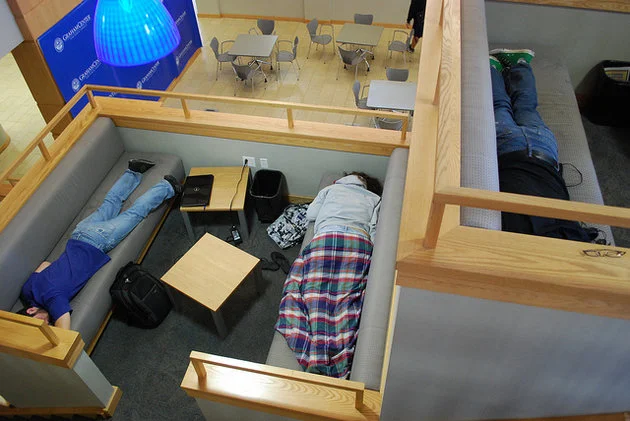
So, you might be wondering, what about Asia? When are nap rooms coming to this side of the globe? Savannah College of Art and Design is bringing nap pods to Hong Kong. Is this part of the future where universities, much like nursery schools, provide nap areas for over-worked students? Quite possibly. Plus, it also helps universities maintain a good image, without having snoring students scattered around campus.
But in case this trend doesn't take on, here are three of our favorite nap rooms:
1. University of Michigan
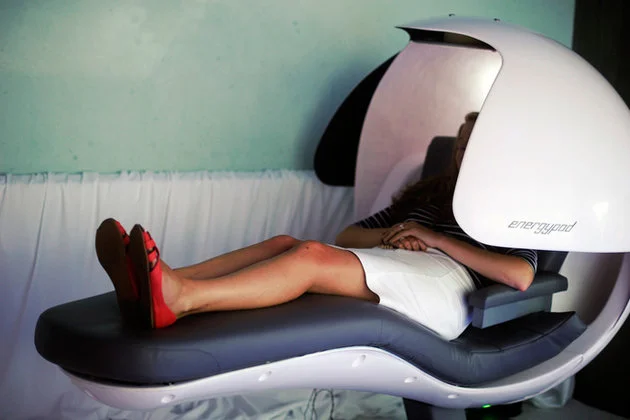
2. James Madison University
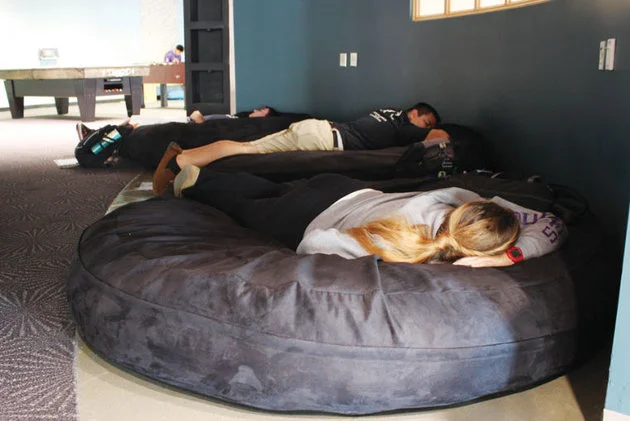
3. Wesleyan University
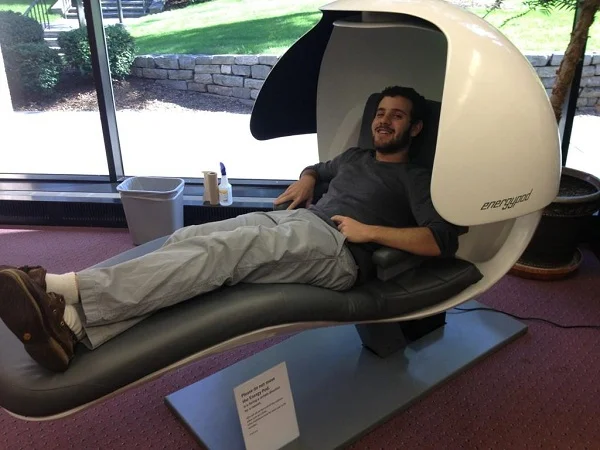
Kickstart your education in Malaysia
We'll help you find and apply for your dream university
You might be interested in...
- Promoting Health and Well-being: Initiatives by Universities in Malaysia
- Raising Awareness of Microplastic Pollution on International Mother Earth Day
- Essential Tips for International Students Studying in Malaysia's Big and Suburban Cities
- Misconceptions About Studying in Malaysia: Insights for International Students
- Exploring Distance Learning: Course Offerings at Universities in Malaysia
- The Role of Education in Promoting Health Equity: Lessons from World Health Day 2024
- Studying Abroad Tips: What Should You Do Before Coming to Malaysia?
- International Students' Guide to Success in Malaysian Research Programs
- Returning Home or Staying Put: Planning Your Career Path After Studying in Malaysia
- Crafting a Greener Tomorrow: Empowering Change through Zero Waste and Upcycling Practices








